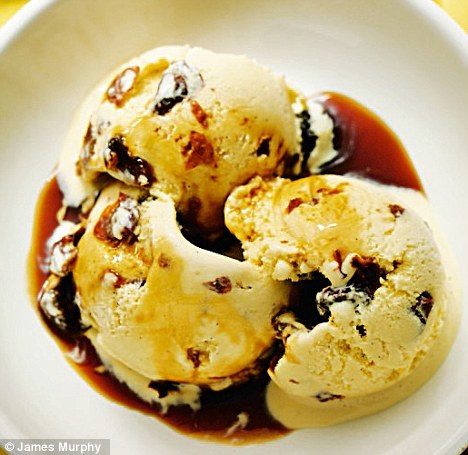You know the deal; the more some folks learn about a topic, the more shortcuts/slang/acronyms/initials/technical jargon can be tossed around. I’m here to help you understand those sometimes mysterious words and phrases, thus – Wine Words Demystified! This week’s word is Viscosity..
According to Karen MacNeil‘s The Wine Bible:
The character some wines posses of being somewhat syrupy and slow to move around in the mouth. A spoonful of honey, for example, is more viscous than a spoonful of water, and ALCOHOL, by its nature is viscous. Thus both sweet wines and wines with high alcohol are more viscous than dry wines and wines low in alcohol
In other words, viscosity describes the “thickness” of a wine on your palate. Viscosity is influenced by the levels of glycerols (sugars) and alcohol found in the wine. Generally speaking, the higher a wine’s levels of glycerols and alcohol, the higher the wine’s viscosity will be. Viscous wines tend to be concentrated, almost thick with great fruit extract, glycerin, and high alcohol content. Such wines may also be referred to as “chewy”,or “fat”
Wines with high viscosity tend to cling to the side of a wine glass longer, and may leave “tears” or “legs” as bits of the wine begin to drip back down into the glass.

The most viscous wine I’ve had was a Pedro Ximenez, a dessert wine from Spain. It’s so thick that it’s used in Spain as we might use caramel or chocolate here in the U.S….over ice cream! When I tried it, it was poured over a bread pudding. I’m told it’s a phenomenal over Ice cream though. Have you tried it?
Related “Wine Words Demystified” posts: